“The biggest thing we want from this game is the sense of joy you feel when playing in the Star Wars world. We want to bring it into your living room, your space, your size, with action figures walking around and animating themselves that you can look at from every angle. You can feel like you’re a part of the Star Wars world, but not necessarily separated from the rest of the world, either.”
Toys, in a sense. That’s the stated goal of Alyssa Finley, Executive Producer on Star Wars: Beyond Victory, a mixed-reality experience based on the popular franchise, when explaining how the team approaches telling Star Wars stories in VR. The team has become well-versed with the technology after working on Vader Immortal and Tales From the Galaxy’s Edge for Quest and other headsets, designing them with the intent of creating experiences that take advantage of the fact they are a VR window into the world of the popular series, rather than simply taking place in virtual reality.
Beyond Victory is different. Rather than being a strictly immersive VR experience, it takes advantage of mixed reality technology via Quest 3 to bring this experience into the real world. Designed to mimic the idea of playing with action figures while still telling a grander story linked to the world of podracing, much of the experience takes place on a virtual table (“the holotable” as it is clarified to me). Your goal is to survive on the Outer Rim of Tatooine.
You can expect numerous familiar faces, namely Star Wars Episode 1’s podracing rival to Anakin Skywalker, Sebulba. Playing as the up-and-coming pod racer Volo Bolus, he gets picked up to be mentored by the legendary racer alongside his business partner Luuda. There’s more to the story than meets the eye, though that’s being kept under wraps for now.
My demo switched between VR and XR space throughout the experience. We start immersed in Sebulba’s garage alongside Volo’s podracing vehicle, discussing a plan for the upcoming race. The space is freely explorable, with a surprising amount of interactive minor objects throughout this detailed environment. Many levers and knobs are linked to your podracer that suggest you can directly tinker and adjust your racer in this garage as you progress through the story. However, this wasn’t in the demo and specifics for such a feature were not clarified.
There’s an impressive level of detail, with the sounds and visuals feeling like they were ripped from the universe itself. More than just sounding as a player would expect, the range and dynamism goes beyond similar experiences in the medium. Much of that can be credited to the team’s ability to work directly with Lucasfilm to take advantage of their sound library and things their team already recorded or figured out when designing the movies or theme parks. The team can simply lift and insert those into the game, rather than having to dedicate time to craft the ideas from scratch.
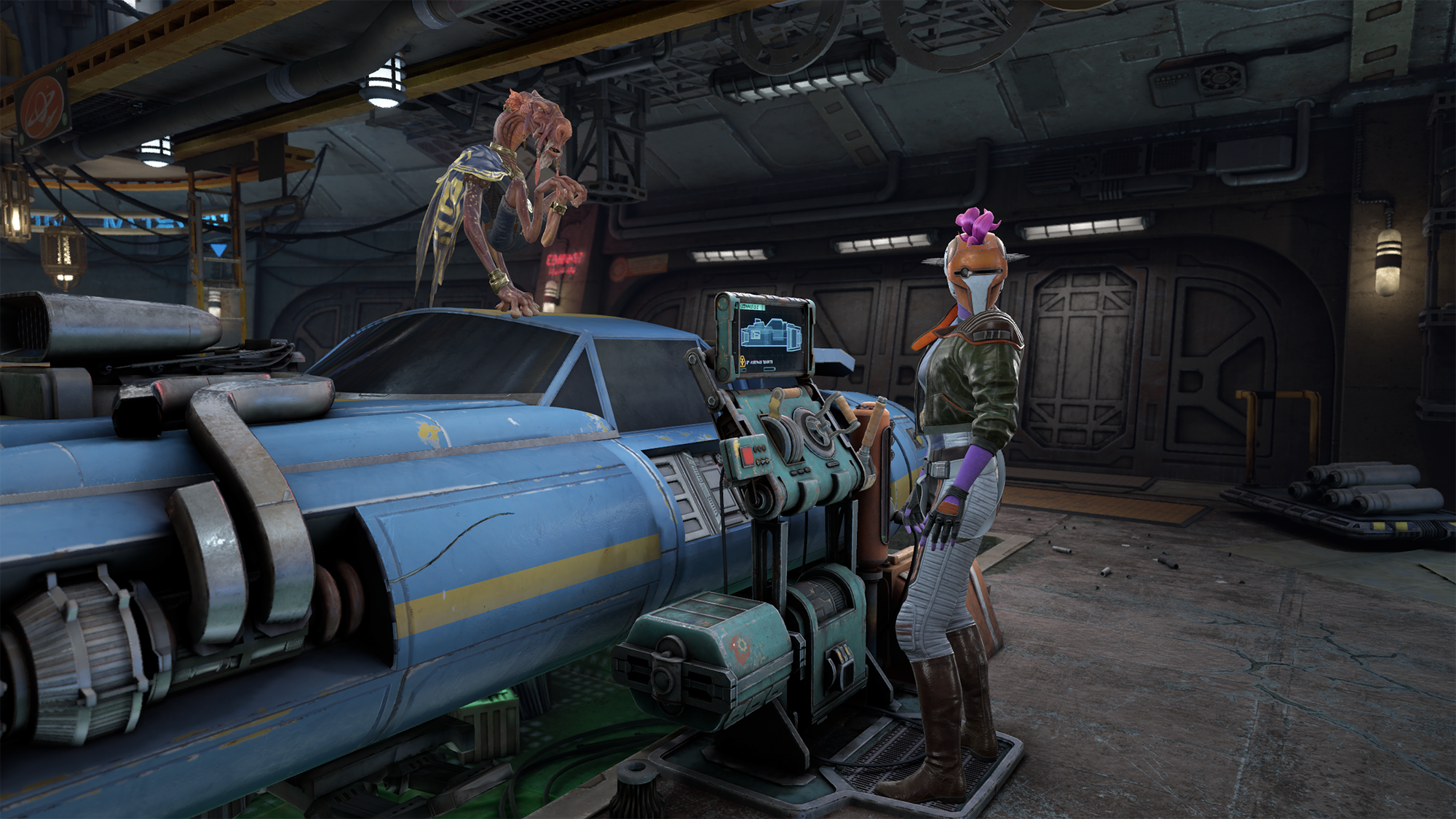
These VR segments are where deeper story content gets shared, while the gameplay itself takes place in mixed reality. The Holotable can be adjusted in size and space, and it’s here where you’ll also participate in podraces from a third-person perspective. You can zoom and dodge through each race and past opposing racers in the hope of finishing first, trying to avoid crashing on your way. Making the table large and placing it just in front of my line of sight at chest level gives a satisfying perspective from behind the race that allows me to easily adjust to any obstacle in my path.
It’s also possible to hold a gadget for your vehicle that can have an impact during races, but this wasn’t shown during the demo.
This curated experience for Star Wars Celebration Japan in Tokyo is based on the adventure mode, though the podrace itself is more in line with the arcade mode experience. According to Finley, it’s also canon to the broader franchise narrative.
“Volo Bolus is down on his luck living under the reign of the empire in the outer rim, and things are rough! Sebulba comes in with an almost-mentoring capacity, an understanding that there are things they can help Volo with and things he can help them with. We want to play with the question of, when you’re in hard times, where does hope come from?
“The story takes place roughly around the time of where Solo: A Star Wars Story is in the saga. With Sebulba it’s the first time we’ve seen them since Episode I, and that was 30-or-so years ago, and now we’re in the reign of the Empire with plenty of seedy people doing what they need to survive.”
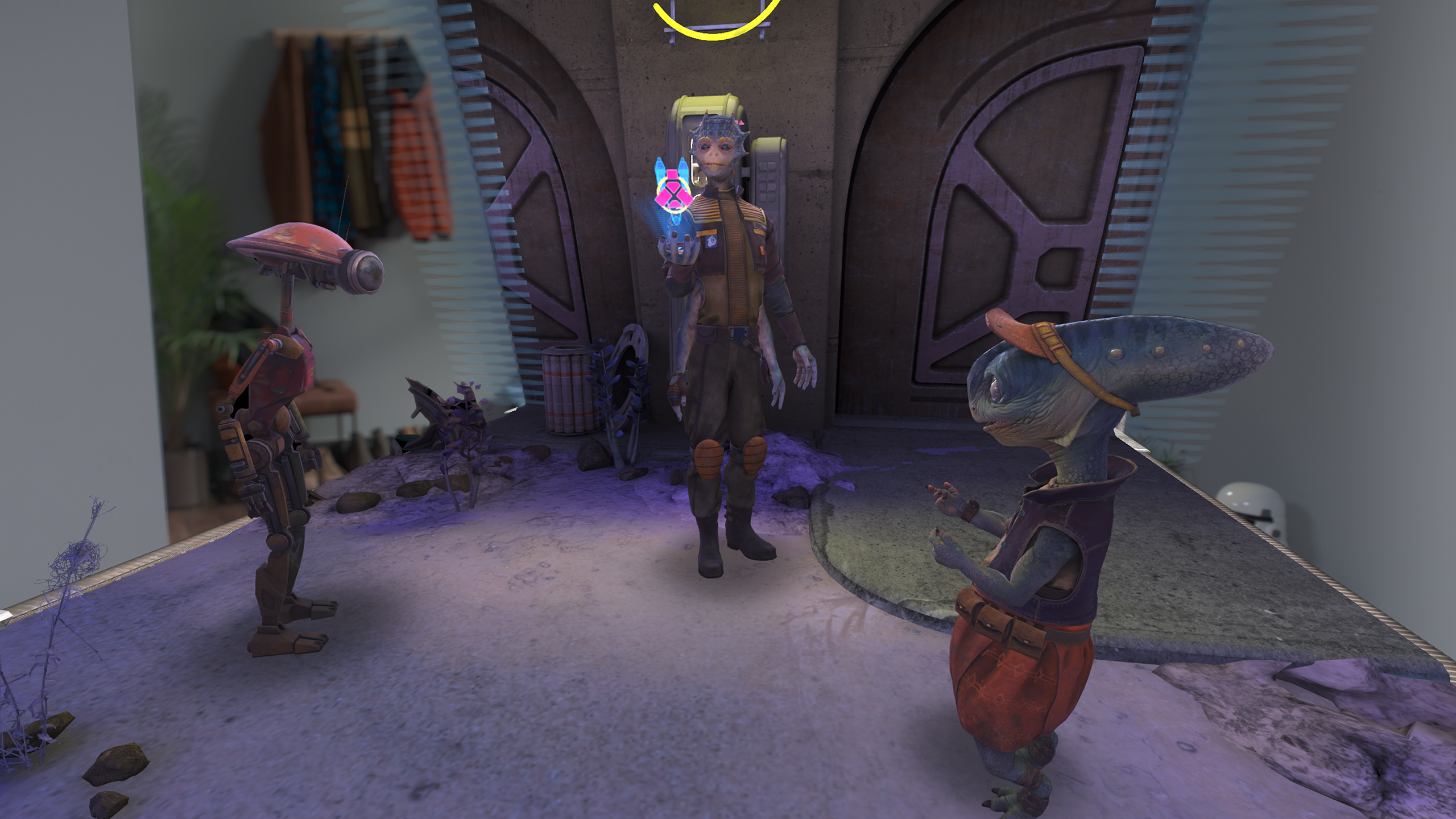
There’s a broader scope to the story than podracing and Tattoine, but just how far is difficult to say at this time. “You’re going to go some places, you’re going to do some things. Podracing can take you to many different places to compete,” she teases, suggesting there’s more than merely racing in the story.
“Like with other experiences, especially Tales From the Galaxy’s Edge, when you are in the VR world you need to feel like you’re in there. That means walking around and doing things to move the story forward, you’ll have a bit of freedom to follow what’s interesting to you and play around with the things that you would like to dig deeper in. It’s a linear story, but it’s something you’ll have a chance to play about with.”
I enjoyed the demo overall, though it needs some optimization. It’s possible to collect coins during races, though whether these were to represent items, repairs, scores, or something else entirely was unclear. It’s possible that by cutting down the demo’s runtime, a more in-depth explanation placed in the full game’s tutorial was simply overlooked as it wouldn’t be relevant in the portion played, but that’s speculation.
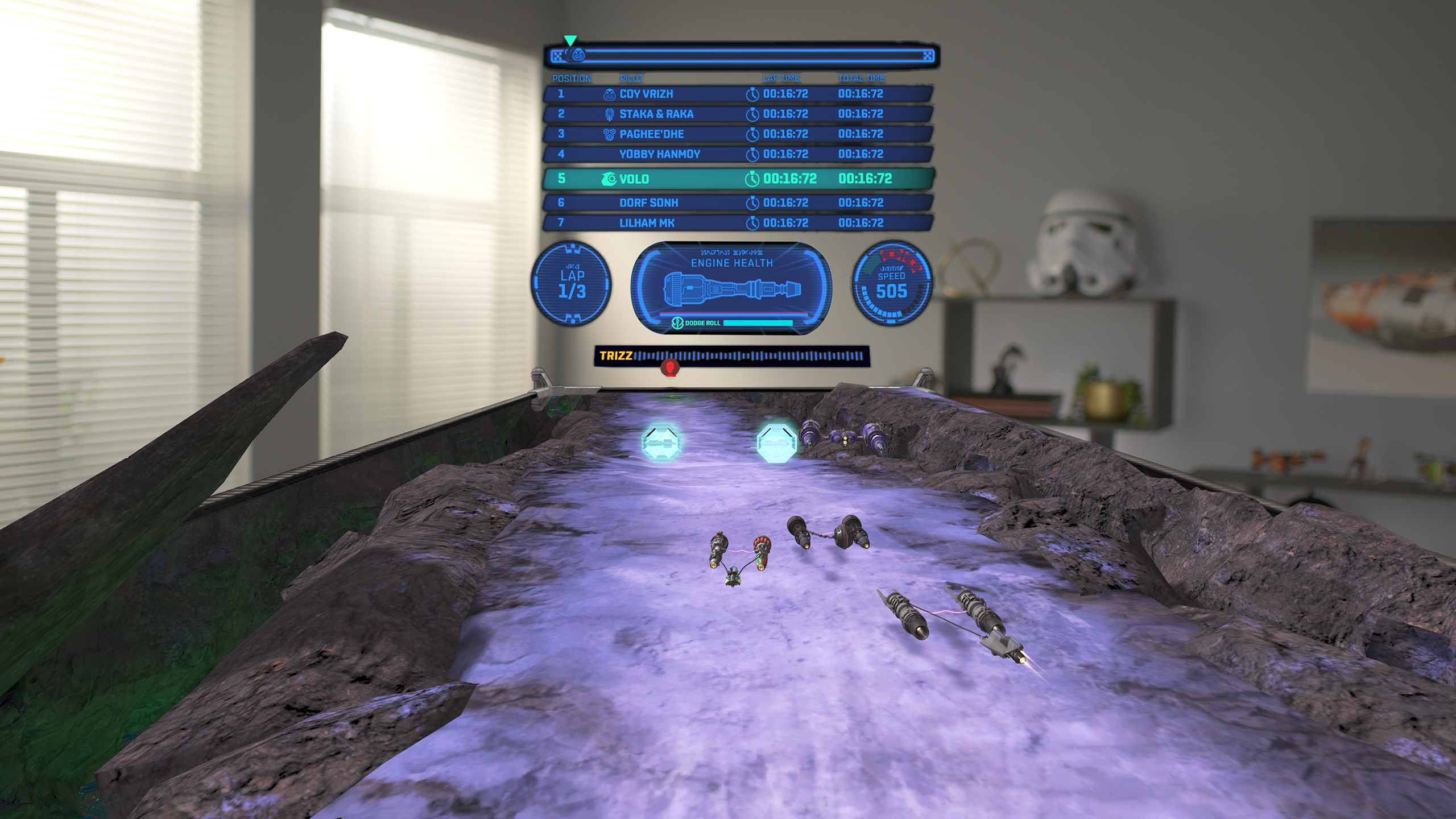
While the mixed reality perspective is also well-implemented, the jump between immersive VR and MR segments feels sudden. Perhaps I’ll get used to that in time, yet the blend of perspectives is jarring compared to sitting firmly in one camp or the other. That being said, Beyond Victory has potential. This demo was based on the game’s adventure mode, one of three modes available in the final game. A more race-driven arcade mode will also be playable, as will Playset.
“[When racing in the arcade mode] we want there to be inviting possibilities, a right way to go but also more opportunities that are potentially challenging off that beaten path. The arcade mode is for trying out different podracers, different tracks, and trying to be the best you can be while still being fun. It’s a hard tuning problem, but it’s the right tuning problem to have!
“One of the reasons we have three different modes is to make the experience accessible [whether you’re new to VR or experienced]. The Playset mode, we’re not talking about too much about it right now, but it’s something that really leans into that feeling of action figures and toys that are made for everyone. And we’ve got a story, because one of the things we strive for is bringing that authentic Star Wars experience and world to life. That’s the common round between all of our experiences.”
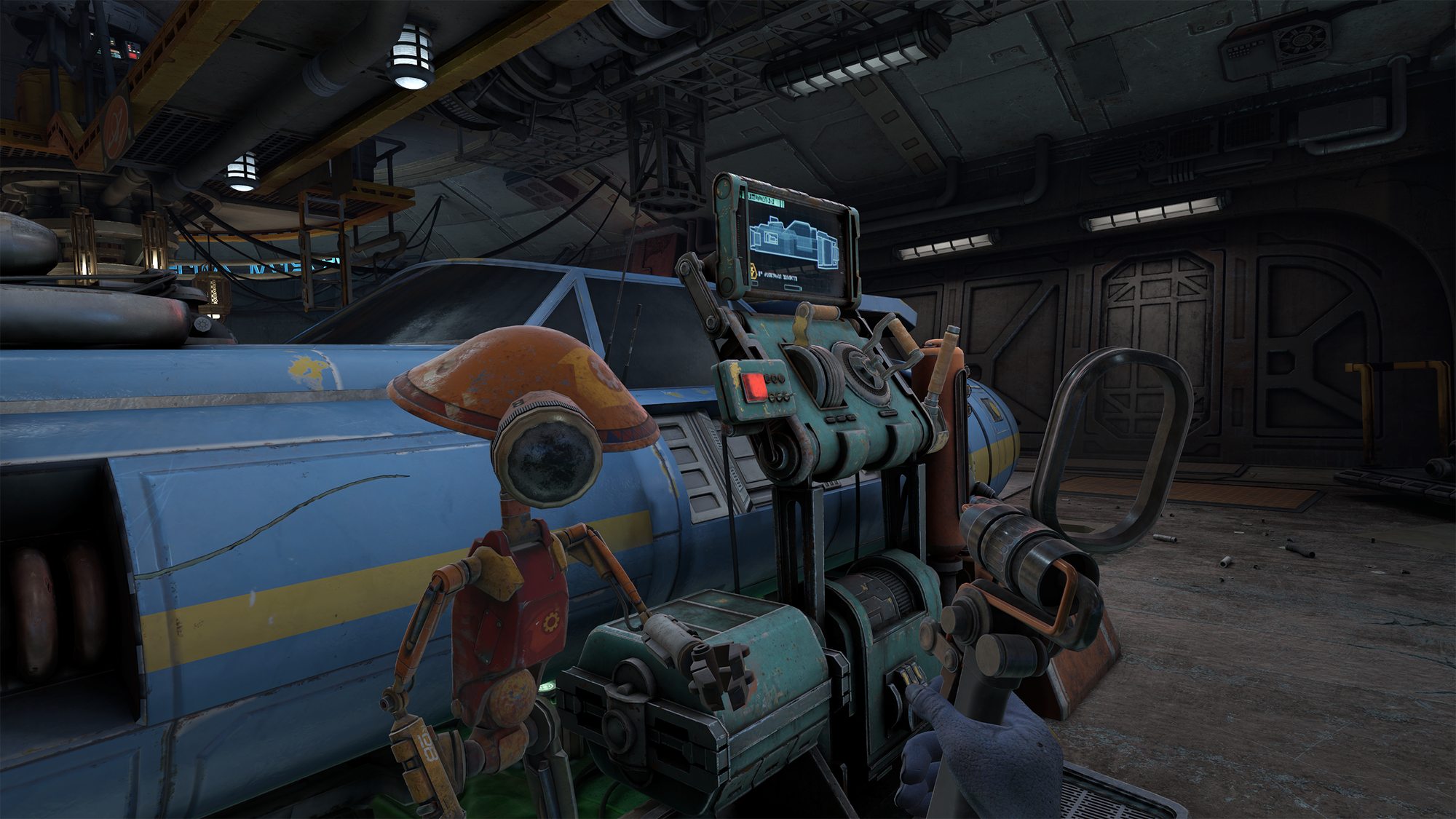
What it offers, ultimately, is a window into Star Wars that could be just as engaging as ILM Immersive’s prior experiences.
Ultimately, the range of modes potential promises story and intense gameplay in equal fervor, all while bringing the world people know and love to life once more. Working on such a popular franchise brings with it a difficult balancing act: you want to please the VR faithful with the depth these players expect, but the IP alone means you’ll attract players who have never set foot into the medium before beyond this or other Star Wars VR experiences.
That’s coupled with the team bridging MR at a time when, unlike VR, the language of game design plus the universal rules of play and understanding for how people should interact in this space has yet to be settled. So far, the team has done an admirable job in designing a title that attempts to further developer understanding of MR while creating a fun game in the process.
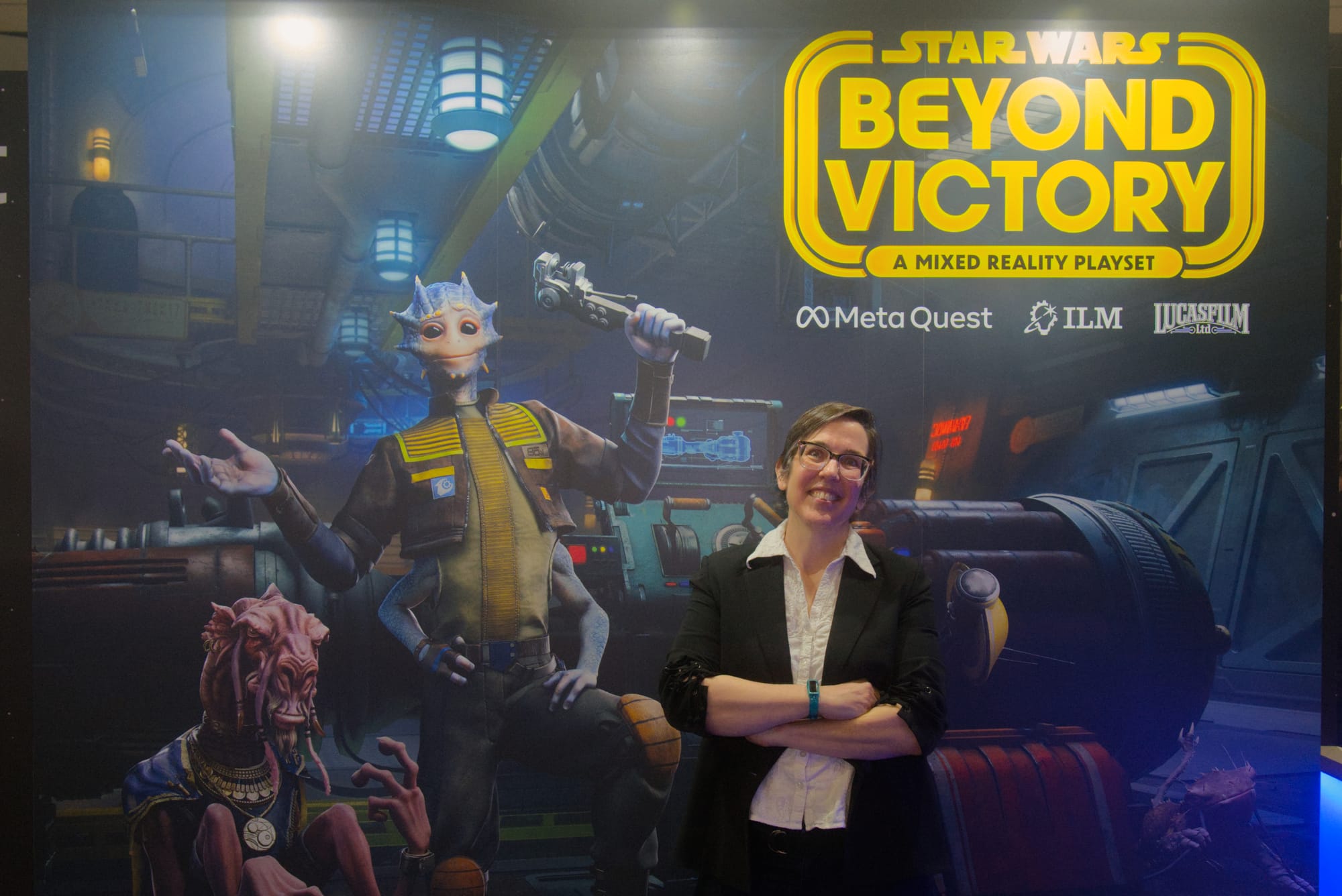
“[Trying to understand how to create in MR] has been the heart of our development process with this game,” Finley notes.
“There isn’t an established language and there isn’t a single correct answer for how to make something, so we’ve done a lot of experimentation. The Holotable came about as a result of much of that experimentation on how to contain this experience in a way that makes sense, while also allowing it to extrude into their space in a way that’s fun. Once we got that established, it helped a lot of other things make sense.”
Star Wars: Beyond Victory has no release date yet, but there’s potential for true greatness as a standard for MR moving forward. With some polish and a bit more explanation of the rules of engagement, this is certainly a game to watch for both Star Wars fans and anyone excited by the potential of MR gaming.
